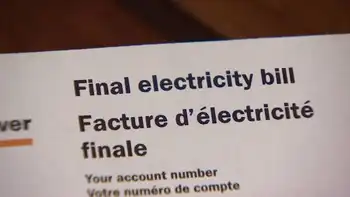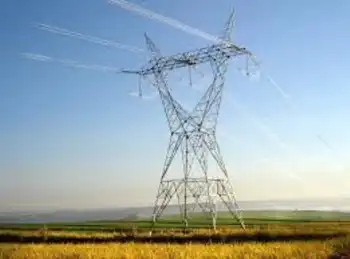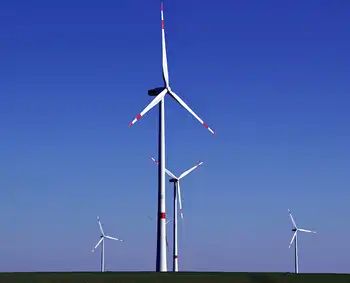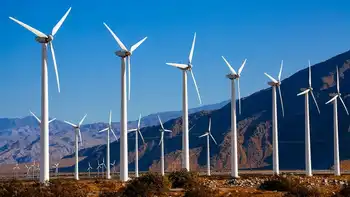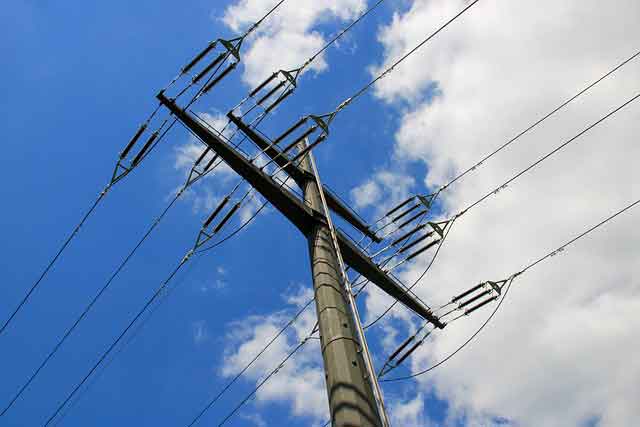PEI power cable vital: minister
By CBC.ca
CSA Z463 Electrical Maintenance
Our customized live online or in‑person group training can be delivered to your staff at your location.

- Live Online
- 6 hours Instructor-led
- Group Training Available
Maritime Electric and Energy Minister Richard Brown said it's vital to add the power cable because the two existing cables are now 34-years-old, with a life expectancy of 40 to 50 years.
Brown said if one or both were to fail electricity prices would skyrocket.
The discussion started with the Federal Infrastructure Minister's recent visit to PEI.
Chuck Strahl said the $90 million power cable to the mainland wasn't on the original list of infrastructure priorities set out by the province.
But it is the government's only request for funding under the billion-dollar Green Energy Fund.
A Maritime Electric official said while the existing two cables are in very good condition they acknowledge their age and that they have a maximum life expectancy of 50 years.
"We've been very careful not to overload these cables and wear them out in that respect," said the representative. "The reality is that we may have problems from mechanical intrusions, whether it be ships' anchors or other things that may shorten the life or cause interruption."
Brown compared the cables to an aging car that needs more and more repairs.
"Every year we go beyond 40 years is a year of risk, the way I look at it," said Brown.
He also said it would take some time to put a third cable in place.
"It's a project that may take up to six, seven years to be completed-a third cable across the Northumberland Strait or through the bridge," said Brown. "We need it for energy security and energy independence. If one of these cables breaks, or goes out of service, we have to fire up the plant on the [Charlottetown] waterfront. The cost of those plants down there would be anywhere double of what we're purchasing it right now from New Brunswick."
The provincial government wants Ottawa to fund half of the $90 million cost of the third cable.
That Green fund application is already in.
The province's per capita share of that total fund only amounts to about $5 million.
"The criteria is that it's based on merit. We have the best wind regime in Atlantic Canada. We can contribute a lot of green energy," said Brown.
Brown and the province are relying on Federal Fisheries Minister Gail Shea to push her colleagues to pay for the third cable.
"The Atlantic Provinces are working together on an Atlantic energy gateway," said Shea. "Whether this cable could be part of that proposal we'll have to wait and see."
While power security is the main concern, both Brown and Maritime electric said the third cable would also allow PEI to connect to a proposed regional power grid that would open the door for more wind developments on the island and more export of green energy.





